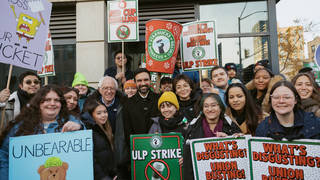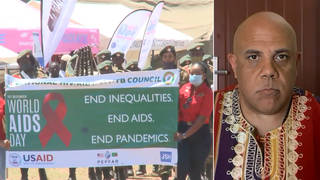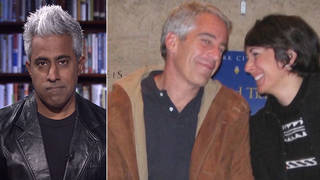
Maybe it was the Asian financial crisis that caused the Dow to see-saw by hundreds of points in the last two weeks, or slower corporate earnings, or news about President Clinton’s predicament. Or maybe, just maybe, it was the fundamentals of the current U.S. and global economies, which a growing number of economists say are appalling. While the richest among us consolidate wealth, the middle class is slipping, and the poor are worse off than ever. Income disparity between rich and poor Americans is now more extreme than at anytime since 1929.
Less than a month after the Dow hit its all-time high on July 17, new numbers on inequality are reiterating the growing polarization. On August 10, the Census Bureau reported one-third of Americans especially people of color, women, and children, fell below the poverty line during 1993-1995. On August 5, new statistics showed personal bankruptcy at an all-time high. Consumer debt is also at an all-time high. August 2nd, the Commerce Department released numbers showing that 1997 personal savings was down to 2.1 percent, lower than anytime since the Great Depression.
Meanwhile, in June, Forbes magazine released its annual list of the 200 wealthiest people, who control a combined total of more than $1 trillion in wealth, an average of $5 billion apiece. Their wealth equals the GDP of France, and exceeds that of all nations but 5 — the U.S., China, Japan, India, and Germany.
Guests:
- Sarah Anderson, a senior research fellow at the Institute for Policy Studies in Washington, DC. Call: IPS (202) 234-9383, ext. 227.
- Libero Della Piana, a senior research associate at the Applied Research Center, a policy and research institute focusing on issues of race and social change, based in Oakland, California. Call: ARC (510) 465-9577.











Media Options